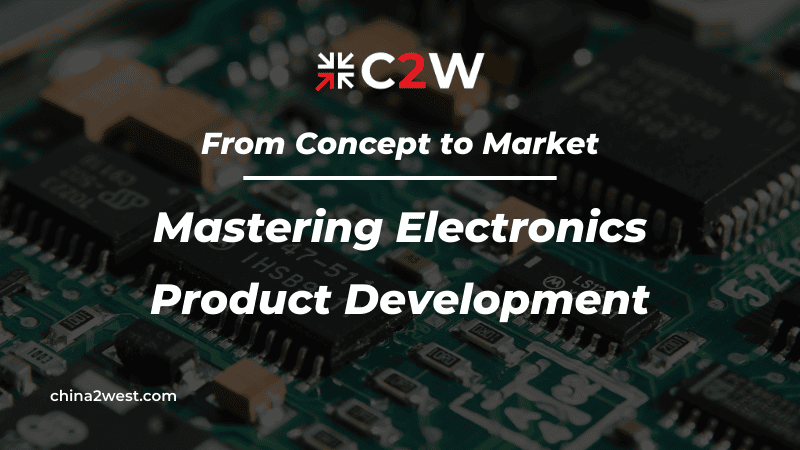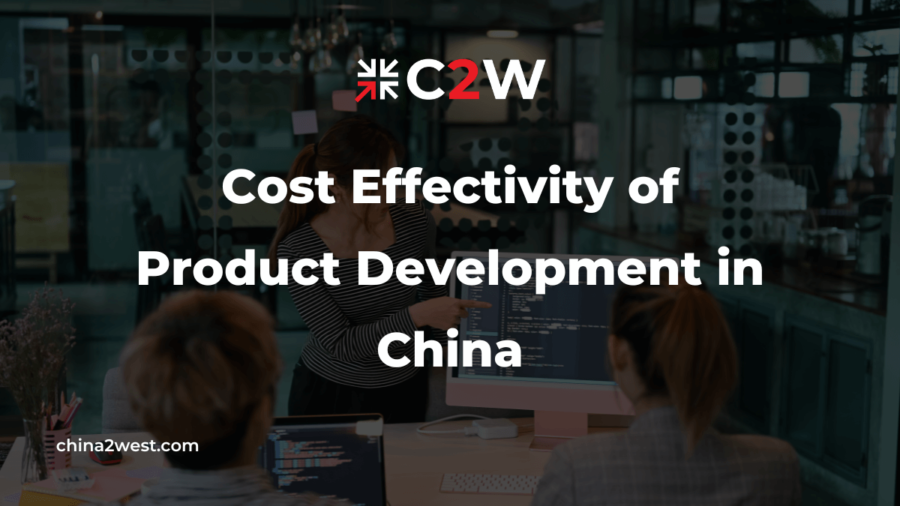
Embarking on the journey of electronics product development is an exciting yet demanding endeavor. From the initial concept to the final market launch, this process requires a strategic approach, meticulous planning, and an in-depth understanding of both technological advancements and market dynamics. In this guide, we will explore the essential stages of developing electronics products, equipping you with the knowledge to navigate this complex landscape successfully.
Defining Your Concept
The first step in any product development journey is to define your concept clearly. This involves identifying a problem your product will solve or a need it will fulfill. Conduct thorough market research to understand your target audience, their preferences, and the competitive landscape. Engage with potential users through surveys and interviews to gather valuable insights that will inform your design choices.
Once you have a solid grasp of your market, create a detailed product specification document outlining the features, functionality, and technical requirements of your electronics product. This document will serve as your roadmap throughout the development process, ensuring that your team stays aligned with the initial vision.
Design and Prototyping
Once a concept is validated, the focus shifts to design and prototyping. This phase involves translating the chosen concept into detailed design specifications. Engineers and designers work closely to develop schematics, 3D models, and detailed drawings that outline every aspect of the product’s design. This collaborative effort ensures that the design is both functional and aesthetically pleasing.
Prototyping is the next critical step, where the design is transformed into physical models. These prototypes can range from simple, low-fidelity models to high-fidelity versions that closely resemble the final product. The primary goal of prototyping is to test the product’s functionality, usability, and overall design.
Various types of prototypes may be created during this stage, including functional prototypes to test specific features and aesthetic prototypes to evaluate the product’s look and feel. Rapid prototyping techniques, such as 3D printing and CNC machining, can expedite this process, allowing for quick iterations and refinements.
Throughout the prototyping phase, it’s essential to conduct thorough testing and gather feedback from stakeholders and potential users. This iterative process helps identify any flaws or areas for improvement, ensuring that the design is optimized before moving into mass production.
Additionally, this stage may involve creating multiple versions of the prototype to explore different design options and functionalities. Engineers may perform stress tests, durability tests, and other evaluations to ensure the product can withstand real-world conditions.
Component Sourcing and Supply Chain Management
In electronics product development, the quality and reliability of components are paramount. This phase requires a meticulous approach to sourcing components that meet your product’s specifications and performance standards. Start by identifying reputable suppliers with a proven track record in delivering high-quality electronic components. Evaluating multiple suppliers allows you to compare pricing, lead times, and component quality, ensuring you choose the best fit for your project.
Negotiating favorable terms with suppliers can significantly impact your project’s budget and timeline. Consider factors such as bulk purchasing discounts, payment terms, and warranties. Building strong, long-term relationships with suppliers can lead to better pricing, priority treatment during shortages, and enhanced collaboration on future projects.
Supply chain management is equally critical. A well-organized supply chain ensures timely delivery of components and mitigates the risks of production delays. Implementing a robust supply chain strategy involves monitoring inventory levels, forecasting demand, and planning for potential disruptions. Utilize tools like ERP (Enterprise Resource Planning) systems to streamline supply chain operations and maintain real-time visibility over inventory and shipments.
Regulatory Compliance and Testing
Navigating regulatory compliance and conducting rigorous testing are critical steps in electronics product development. Each product must meet regional and international standards, such as those for safety, electromagnetic compatibility, and environmental impact. These regulations ensure the product is safe for consumer use and legally marketable across different regions.
Begin by identifying the specific standards that apply to your product, which may vary depending on the market and product category. Engage with regulatory experts or consultants to understand the compliance requirements fully. Conducting pre-compliance testing can help identify potential issues early, allowing for adjustments before the final certification process.
Testing should cover various aspects, including electrical performance, durability, and safety. Employ accredited testing labs to perform these evaluations, ensuring the product meets all required standards. Documentation is also crucial; maintain detailed records of all testing procedures and results, as this will be necessary for certification and potential audits.
Manufacturing and Production Planning
Manufacturing and production planning involve setting up efficient processes to bring your electronics product to market. Collaborate with experienced manufacturing partners to ensure that production methods align with your design specifications and quality standards. Establish a detailed production plan that outlines each step of the manufacturing process, from component assembly to final quality checks.
Quality control is critical at this stage. Implement stringent testing protocols to verify that each unit meets your product’s performance and safety requirements. Regular audits and inspections can help identify any deviations from the set standards, allowing for timely corrective actions.
Additionally, consider scalability in your production plan. Ensure that your manufacturing setup can handle increased demand without compromising quality or lead times. Efficiently managing resources, labor, and materials will contribute to a streamlined production process.
Your Gateway to Success with China 2 West
Mastering the electronics product development process requires careful planning, collaboration, and a commitment to quality. By following these steps, you can effectively take your product from concept to market, ultimately delivering a solution that meets the needs of your audience.
Are you ready to transform your ideas into market-ready electronics products? Contact us today to learn how we can help you navigate the complexities of product development and bring your vision to life!

